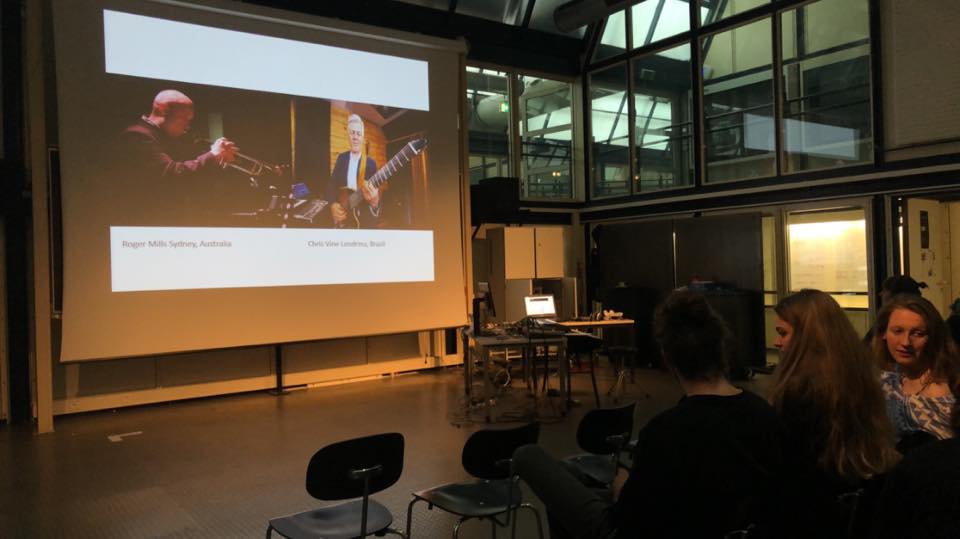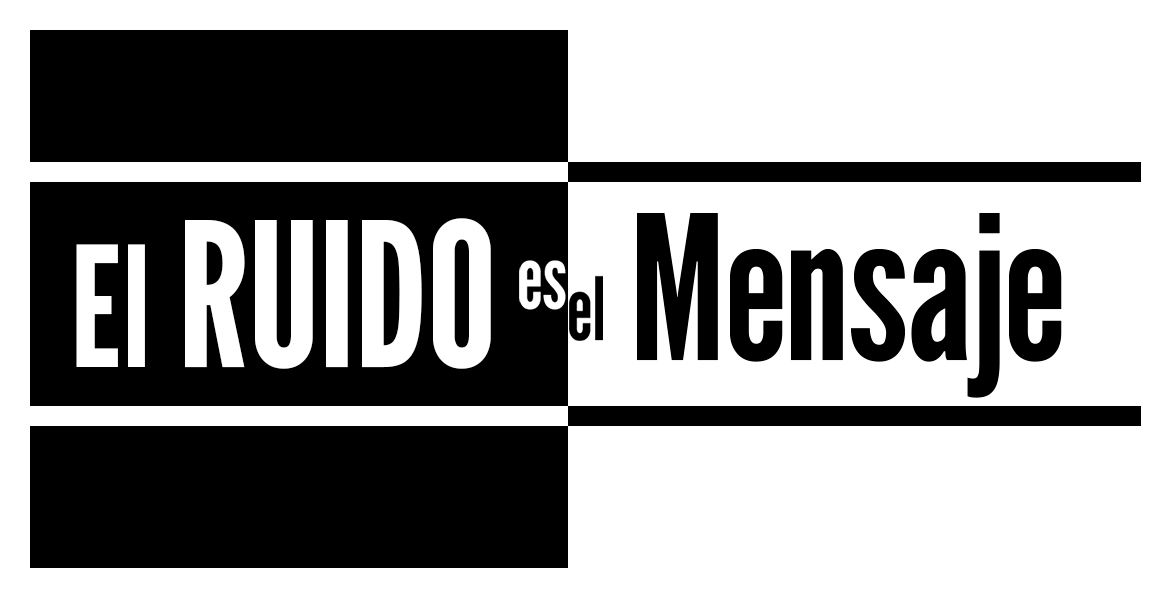 Ethernet Orchestra | Oceans Between Sound | PUEBLO NUEVO
Ethernet Orchestra | Oceans Between Sound | PUEBLO NUEVO
WEB: Ethernet Orchestra
WORK:OCEANS BETWEEN SOUND.
PLUS: No.
FORMAT: Digital.
LABEL: Pueblo Nuevo
RELEASE: March/2020.
COUNTRY: Chile/Worldwide
OCEANS BETWEEN SOUND is a timeless record. It’s scary when you choose to listen to it. It is double, it is approximately 135 minutes of music, not for this fact we are going to be discouraged. Your listening, is excellent.
When one decides to share the experiences of free improvisation, many of them remind us of free jazz sessions, others of rabid electronics or intense noise. However, this work is impregnated with practically all of this, from improvisation, but with a profound sound work. A careful work for the recording sessions and that collaborative spirit that this genre professes.
It was edited by the Chilean label Pueblo Nuevo and both its virtual listening and downloading can be found in the “house” of Mika Martini, who has been editing material of all kinds related to these genres for years.
Let’s go back to this album.
As I mentioned previously, it is more than 2 hours of music, they are improvisation sessions, these were given through concerts, radio broadcasts, jams all over the world, or at least some parts of it.
All the tracks are over 4 minutes long and can reach 15 minutes. But I’m not lying if I tell you that listening to them is like sailing the calm seas or getting into the cold coasts of the Pacific.
Roger Mills tells us precisely about this monumental record, made with pure collaborative spirit.
Oceans between Sound is a selection of live online improvisations by the Internet music ensemble, Ethernet Orchestra. The album was recorded during located venue performances and online jam sessions between 2015-2019. It features musicians from a diverse range of cultures, performing across international time-zones and locations in Brazil, the US, Canada, UK, Germany, and Australia. The music takes inspiration from the idea of the ebb and flow of network data around the Internet, as a metaphor for the world’s oceans and waterways separating the members of the ensemble, and their geographically dispersed lives.
One thing that listeners may notice about the recordings is how they are impacted by the materiality of networked music medium. Improvised musical sound travels through multiple networks, computers, signal processes, and is subject to a variety of operational conditions, latency, speeds, compression, and jitter. These conditions imprint themselves on the sound as an aesthetic parameter within the music, rather like the crackle of an old LP. These sonic qualities are also a testament to the incredible feat of musicians performing in real-time across thousands of kilometres.
How was the process of composition OCEANS BETWEEN SOUND?
The recordings on the album are edits of freely improvised performances and online jam sessions. This process is one of cropping sections of improvised performances to focus on smaller vignettes of engaging musical interaction. This technique has a long history and was probably best illustrated in the 1970s with Teo Macero’s production on Miles Davis’ seminal album Bitches Brew. It is also used in a range of creative media. Artist Patsy Farrar, who created the sleeve artwork for the album, also uses this technique with her painting and drawing.
 Ethernet Orchestra | Oceans Between Sound – Roger Mills, Chris Vine. Performance at University of Applied Sciences, Kaiserslautern, Germany, April 2019.
Ethernet Orchestra | Oceans Between Sound – Roger Mills, Chris Vine. Performance at University of Applied Sciences, Kaiserslautern, Germany, April 2019.
The most important aspect for me is to preserve the authenticity of the original performance while acknowledging that recordings of improvisations can never truly re-present the essence of the original performance. There are also crucial interactive characteristics within any improvisation that cannot be experienced from a recording. That said, as a performer, it is often quite instructional to listen back to improvisation, and hear things that you might have missed at the time. In the context of tele-improvisation, geographically displaced performers do not share the same acoustic space, so there are different interactive challenges. That is why improvisation lends itself so well to the telematic medium. Improvisers are naturally adept at responding to spontaneous changes in musical interaction, and that also applies to the technical aspects that the network throws at you; network latency, sudden adjustments in speed or compression, or the software crashing.
What was the engine that triggered the history of this project?
I’ve been working with networked sound and music since the late 1990s and was involved in the beta stages of a variety of network audio platforms. Back then, we were only able to stream midi signals or mix mp3 files, but as network speeds increased, the streaming of real-time audio transformed what could be achieved. I also realized that I was more interested in how online performers negotiated the distributed playing experience in networked music making, rather than, how they interacted with an interface. It also became clear that despite the Internet connecting many world cultures, the majority of online collaborations were taking place between musicians in North American and Europe. Western styles of blues, jazz, rock, electronic, and electro-acoustic music dominated the networked music landscape.
Against this backdrop, the impetus to work with musicians of different cultures led to the foundation of Ethernet Orchestra, through a call for improvisers on media lists, and via word of mouth. It has subsequently developed into a circle of talented musicians from Australia, Malaysia, China, Mongolia, Iran, the UK, France, Germany, and USA. We perform to audiences online and in physical spaces, radio broadcasts, as well as in educational contexts.
I should point out that we only use public networks to perform through. There is a lot of innovative academic research using high-speed networks, but I didn’t want to restrict our access to great musicians outside of academe. We also use a range of interfaces, in particular, SoundJack, which provides the opportunity for performers in up to 4 locations to perform together.
What did this work/album teach you?
An interesting feature that emerged from this album and our previous work is how performers use significant qualities in musical voices, to interact and respond to each other. Whether a performer plays trumpet, guitar, Persian tambour, or Mongolian horse fiddle, all of these instruments have expressive modes that signify musical meaning of some form. For example, a performer may use a particular timbre or density in sound to increase a sense of movement, expectation, or compulsion in the music. When the combination of sound qualities change, so does the musical interaction and resulting performance. This is how online musicians perceive the intentions of other performers, as well as causative changes in sound from their musical responses.
Many of the performers also used extended instrumental techniques, such as mouth, lip, breath, or electronic processing, to express extra-musical meaning. These techniques may also be part of their cultural musical idiom and designed to convey social meaning, embodied in the sound. In a multi-idiomatic online jam session, the cultural significance of these sound qualities may not be familiar to all performers. However, it is these embodied sound qualities, such as timbre, attack, duration, tempo that remain significant, and affective to performers’ interpretation of distributed sound. Geographically displaced musicians rely on signs in sound qualities to mediate their interaction and develop critical listening skills to enable greater interactive engagement. I discuss a lot of these things in my book Tele-Improvisation: Intercultural Interaction in the Online Global Music Jam Session published last year by Springer.
Interestingly, the focus on remote and distance work due to the COVID 19 pandemic has created a lot of interest in moving education online. In the book, I argue that networked music-making should already be part of a musician’s training, particularly at the tertiary level. International composers, sound designers, and musicians have, for some time, been working with geographically dispersed professionals in the production of high-end film music and sound for games. It seems the pandemic may force some institutions to take this more seriously!
Beyond thinking about the moral tale that can be the juncture crossed, this sound work leaves us a diverse amount of sounds enjoyable almost at once, in one go.
On the other hand, we could also tacitly agree with Roger on the issues of music education, or in general, freelance work or precisely the current one, teleworking, which is very fashionable in these times of pandemics. We can agree and disagree and debate for long hours. Something if it is concrete and real, and it is that this socio-political situation will bring deepening in many aspects that already inhabit us. If the types of precarization in all labor orders abound and their miseries come to light in these times, places like experimental music, free improvisation, noise, sound art, electronics, in summary, the most “borderline” disciplines, have managed for decades to show, disseminate, academize in an ideal sense, all that there is to give, where in crisis situations show brilliant ideas, which were already there for some time being avant-garde. Not to mention the professions linked to sound.
It seems that the pandemic will really force us to take this very seriously.
